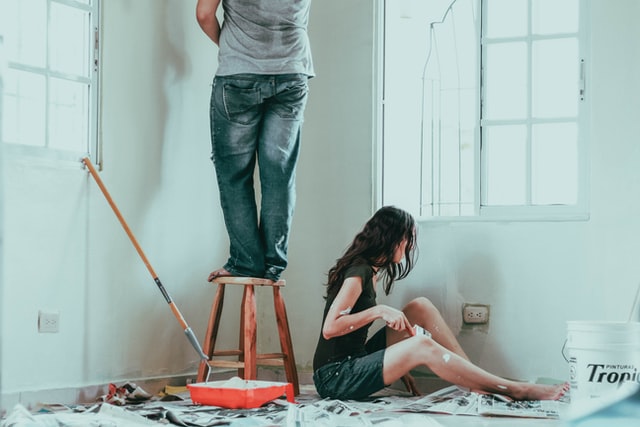
Introduction
Painting your home can be a satisfying project. You’ll gain new appreciation for all the hard work that goes into making it look nice, and you’ll also be able to show off all of your favorite colors. Before you start painting, though, you need to consider the following factors:
What style is the house?
There are many styles of houses, and it’s important to choose one that matches the style of your home. While some houses are designed with a specific style in mind (such as a Colonial or Tudor), most homes have a more eclectic look with elements of several different styles.
Before you start painting your home, do some research on the major home building trends for your area. You can find information about popular architectural styles on websites like Houzz and Pinterest. You can also talk to fellow homeowners and neighbors about what they’ve done with their own homes, or ask an architect or contractor for recommendations based on the style you want for yours.
How much paint do I need?
As a general rule, most homes will require about 40-50 gallons of paint for one coat. Keep in mind that the amount of paint needed varies depending on the size and type of surface you’re covering. For example, walls typically require more than ceilings to cover an area because they have many different angles and curves that take more time to properly apply (and cover).
Color
Perhaps the most important thing to consider when painting your home is color. There are many choices to be made, but they all boil down to personal preference. For example, you might choose a bold pop of red because it makes you happy and reminds you of your favorite shirt. Or maybe that shade of blue evokes memories of playing in the ocean as a kid and connects with your deepest sense of self. As long as it feels right for you, go for it!
The range of shades available for each color can also make or break an area’s mood. A dark navy will feel more dramatic than a light periwinkle; however, if the room is small, the darker hue would overwhelm it visually while leaving less room for other elements like furniture or decorating items (think pillows). On the flip side: light colors tend not only make rooms appear larger visually but give them an airy feeling which can help them feel more inviting overall

Speak Your Mind